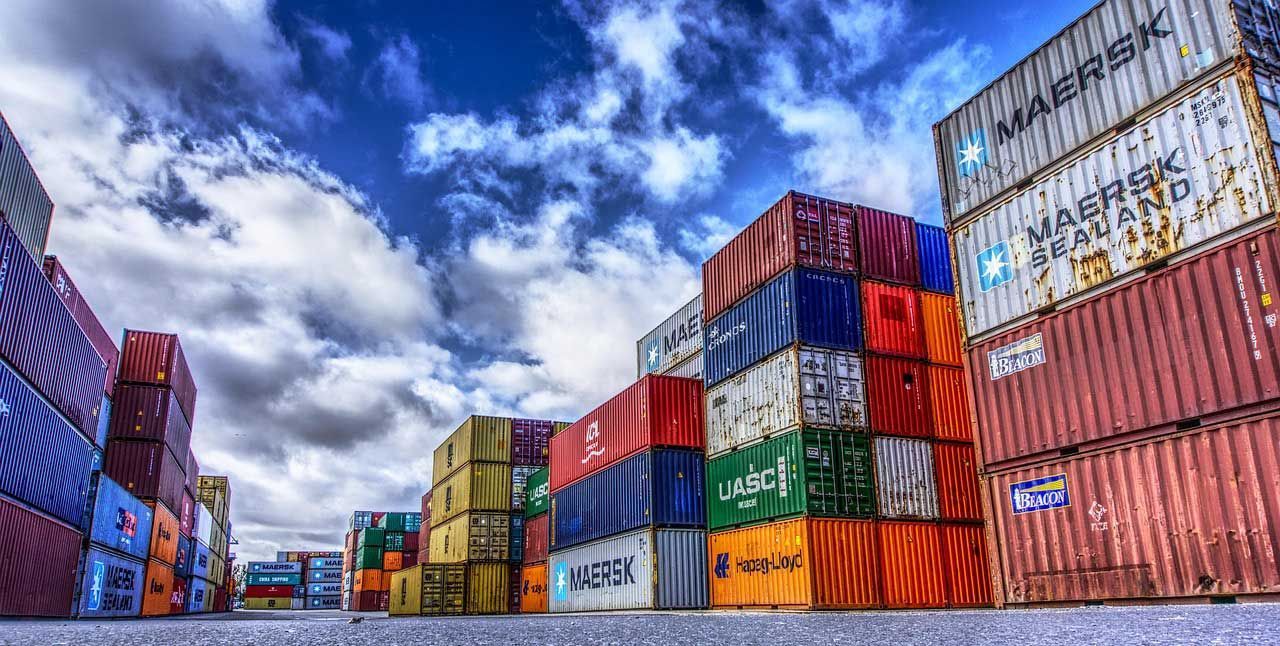The conflict between Israel and Iran has not yet disrupted freight. But concerns remain. If Iran closes the Strait of Hormuz, it could affect 20% of the world’s oil flow. This would negatively impact China the most.
Oil prices may rise, which would raise transport costs. Still, Iran depends on the Strait for its own exports. That may delay or prevent a closure.
Only 2-3% of global container traffic moves through this area. But a shutdown would cut access to Dubai’s Jebel Ali, a key hub. That could reroute volumes, slow operations at alternative ports, and increase fuel & freight costs.






